Centralized Catalog, Faster Publishing: 40ParkLane’s Marketplace Success with CedCommerce
Reading Time: 4 minutesAbout the Brand: 40ParkLane LLC Studio40ParkLane is a design-led print-on-demand brand created…
Needless to say that Shopify is an excellent platform for any online business. But as your business grows, you might encounter several limitations from this hosted platform. As you scale your business, the first thing that you need to have is the complete control over your store and, also yes, flexibility.
This is the point where you have outgrown Shopify. And your next stop is WooCommerce.
With WooCommerce, you own your store’s data. Additionally, you can configure everything- from taxes to adding custom shipping methods. Furthermore, publish hundreds or thousands of products, all for free!
So how do you move your store from Shopify to WooCommerce?
This article discusses everything that you need to know to migrate from Shopify to WooCommerce. Consider this as your step-by-step guide as you move.
But before that, let’s first understand:
The fact that WooCommerce is based on open-source software is the primary justification for switching from Shopify to it. Using WordPress, you enjoy the freedom to build whatever website you want on any hosting service you like. WooCommerce doesn’t charge you to access features as Shopify does. Additionally, there are no processing costs associated with product sales.
Hosting costs must still be paid if you use WordPress and WooCommerce together. You aren’t confined to any one platform, though. As a result, you can pick the host that best suits your requirements as a whole.
When planning to move a website from one platform to another, many things must be considered. For instance, consider hosting, data backup, and other things.
Let’s go through these factors one by one:
You should look for a web hosting company optimized for the Content Management System (CMS) if you’re already committed to using WordPress with WooCommerce. Due to the platform’s popularity, several hosting alternatives are available for WordPress users.
Naturally, we advise you to do your homework before choosing a hosting company for your store. You may still use all the advantages that WordPress and WooCommerce offer if you choose a web host with a solid reputation.
Your host must include the following:
It’s a good practice to back up all the data in an online store before making any major changes. One drawback of using the service is the lack of backup features on Shopify.
You can export product data from Shopify in CSV format, which will be helpful in the transfer process. However, you cannot use the platform’s built-in features to support your store’s remaining elements and design.
Switching from Shopify to WooCommerce is risk-free for your current store. Although you won’t lose any data from your store, it’s still a good practice to back up any website’s data, just in case.
The time has come to start switching your store from Shopify to WooCommerce now that you have a web host. All of your store’s products must be migrated, and WooCommerce must be used to recreate the layout and appearance of your store. To do that, though, we first need to set up WordPress.
Depending on the kind of web host you’re using, WordPress offers a variety of installation techniques. When you build a new website, managed WordPress hosting, for instance, frequently sets up the CMS for you automatically.
WordPress can also be manually downloaded and installed, which is easier than it may seem. WordPress.org offers a download for the program. Once you upload the files to your server, an installer that guides you through the entire procedure is also included.
Access the guide here.
The dashboard will be available to you once WordPress has been installed. The settings, design, and published content of your website are all within your control.
You must first install WooCommerce as you wish to switch to an online store. To do this, navigate to Plugins > Add New and enter “WooCommerce” in the top-left search field.
Next to the WooCommerce selection, click the Install Now button. Once WordPress has downloaded and installed the plugin, wait.
Don’t navigate away from the page until the Activate button appears next to WooCommerce because this operation will take place in the background.
That’s it; you are done! The WooCommerce website is now good to go. Now you can start your business and sell your products. But since Shopify already has a complete list of your products, let’s transfer your catalog to WooCommerce.
Shopify to WooCommerce Connector is a one-stop shop for your migration. The app allows a hassle-free data migration with the help of a Shopify API key that keeps your data safe and intact.
The key features include:
With features like Fetching Shopify collections, setting markup types and values, and excluding out-of-stock products, get access to a well-refined product data import.
Keeping your customer connections high on priority, the app provides an easy way to import customer data from your Shopify store.
Track and trace your orders. The app allows you to set filters, as per your need, to import the correct data log that you want for your WooCommerce store.
The subscription models are made for businesses of all sizes and niches. The app is open to a 7-day free trial before jumping on any plan you choose.
It takes a lot of effort to switch from Shopify to WooCommerce. Not only do you have to import and export products from one business to another, but you also have to redesign your website completely. Fortunately, Shopify to WooCommerce Connector by Ced makes it simple to migrate your data.
Do you have any inquiries concerning the Shopify to WooCommerce migration process? Post your inquiries in the comments section below! Or simply connect with our experts here.
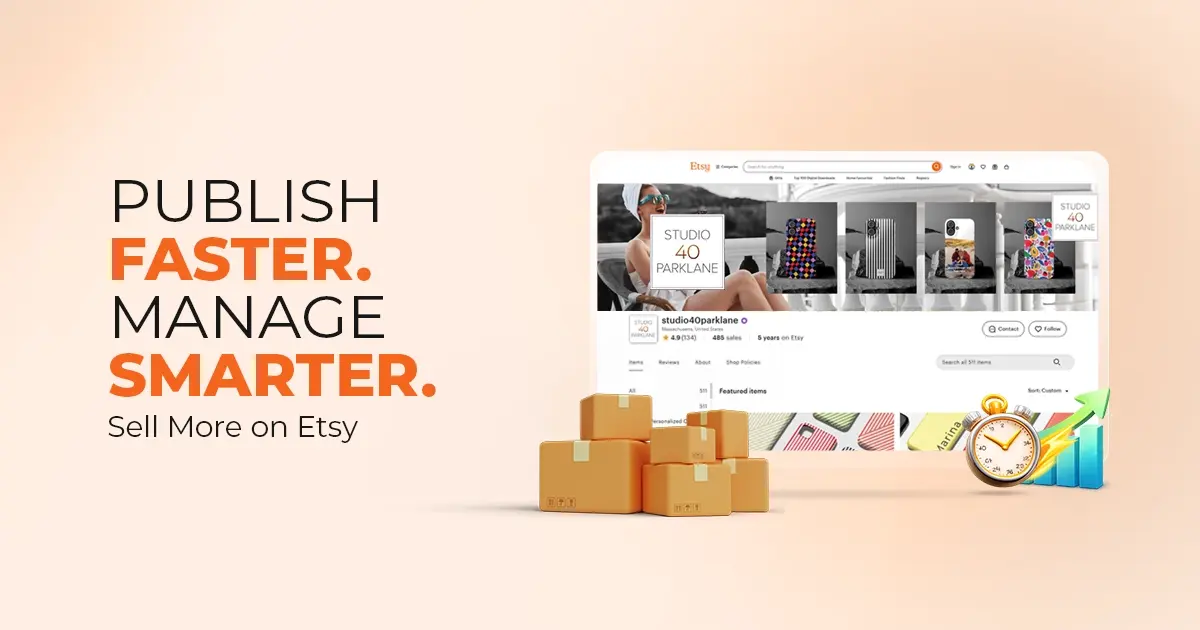
Reading Time: 4 minutesAbout the Brand: 40ParkLane LLC Studio40ParkLane is a design-led print-on-demand brand created…
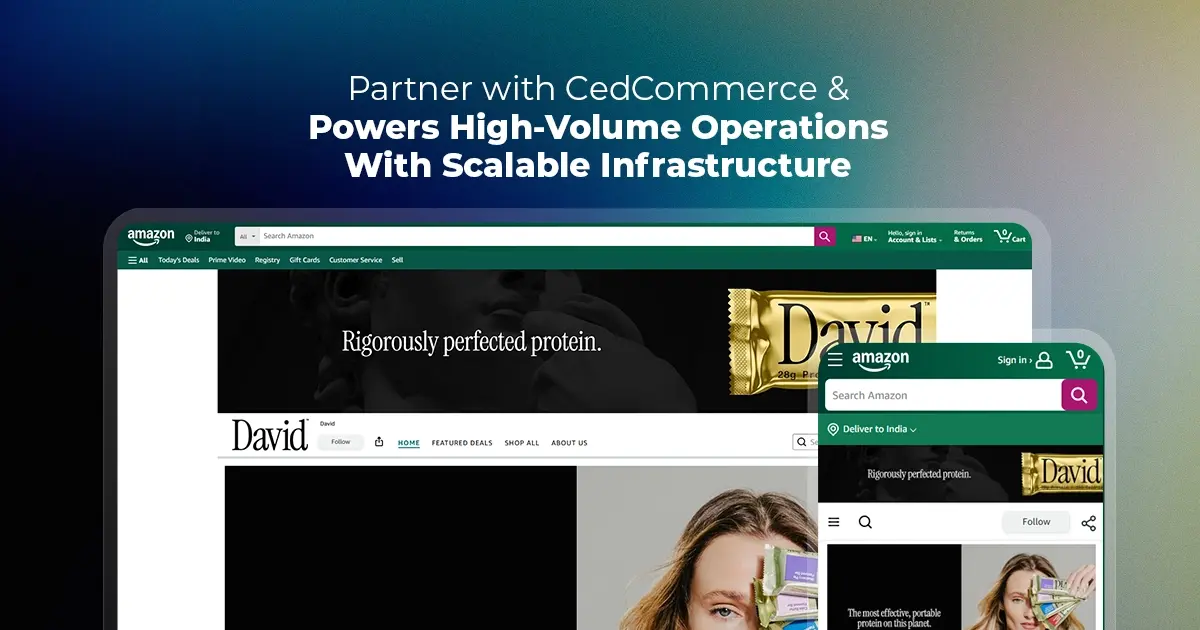
Reading Time: 3 minutesAbout the Company Brand Name: David Protein Industry: Health & Nutrition (Protein…

Reading Time: 3 minutesOnline retail spending in Germany is entering a renewed growth phase after…

Reading Time: 4 minutesTikTok Shop has released a comprehensive Beauty and Personal Care Products Policy,…

Reading Time: 4 minutesTikTok Shop has formally outlined comprehensive requirements for expiration date labeling and…

Reading Time: 3 minutesTikTok Shop is raising its sales commission for merchants across five active…

Reading Time: 11 minutesBy now you have seen your BFCM 2025 numbers. The harder question…
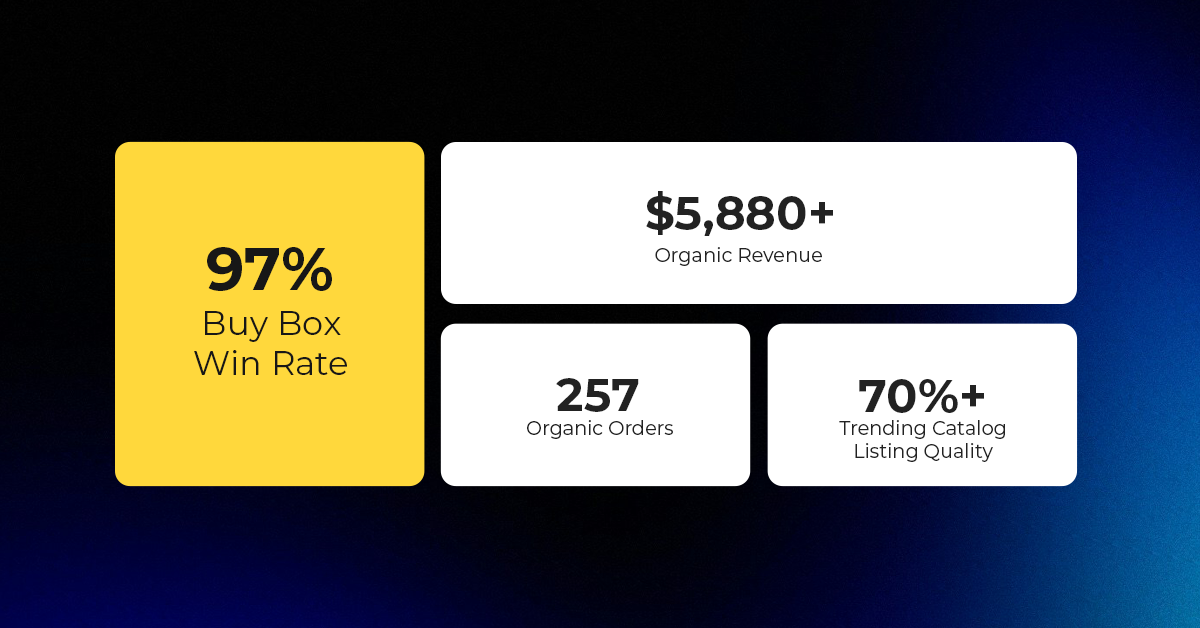
Reading Time: 3 minutesAbout the Brand Name: Vanity Slabs Inc Industry: Trading Slabs- Vanity Slabs…
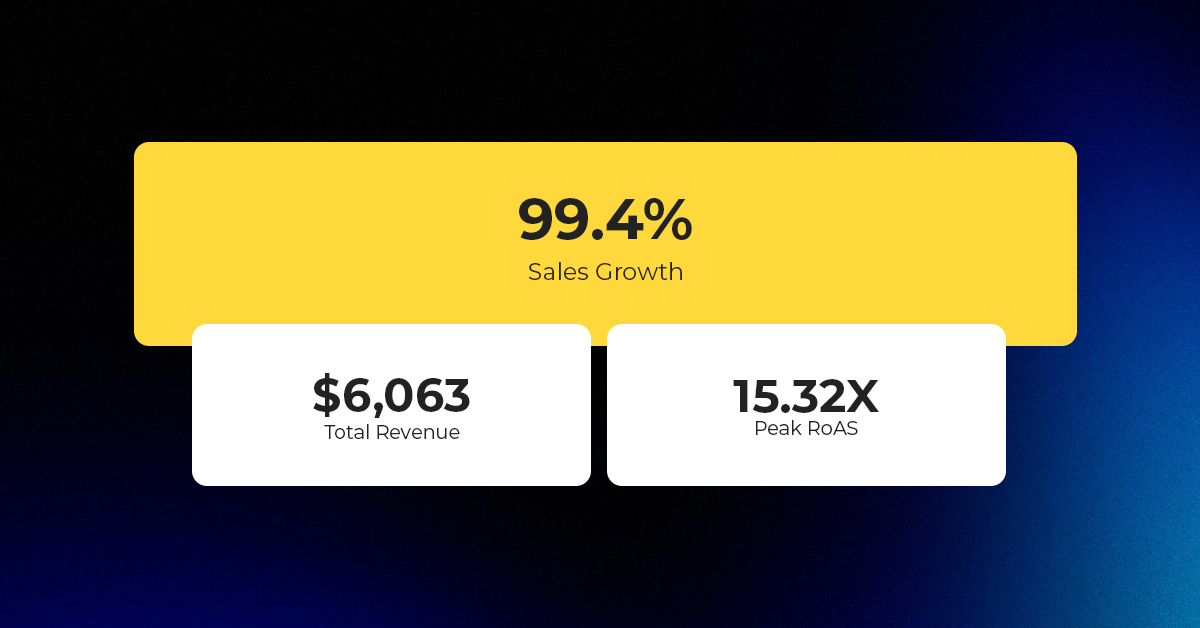
Reading Time: 2 minutesAbout the Brand Name: Ramjet.com Industry: Automotive Parts & Accessories Location: United…
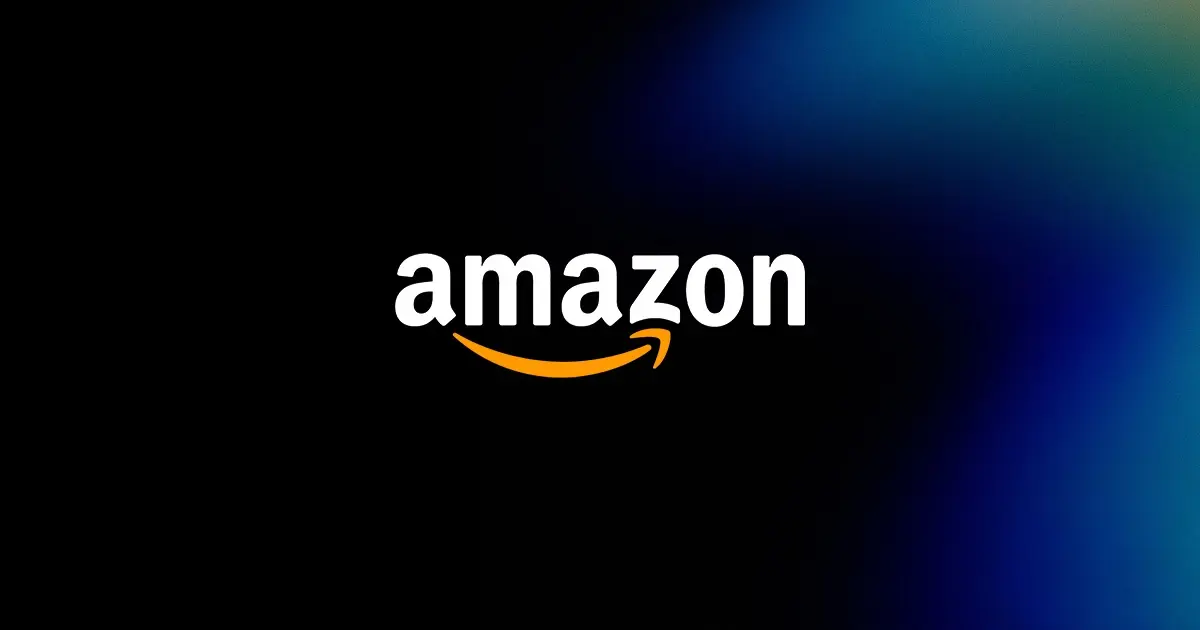
Reading Time: 2 minutesAmazon is rolling out strategic referral fee reductions across five major European…
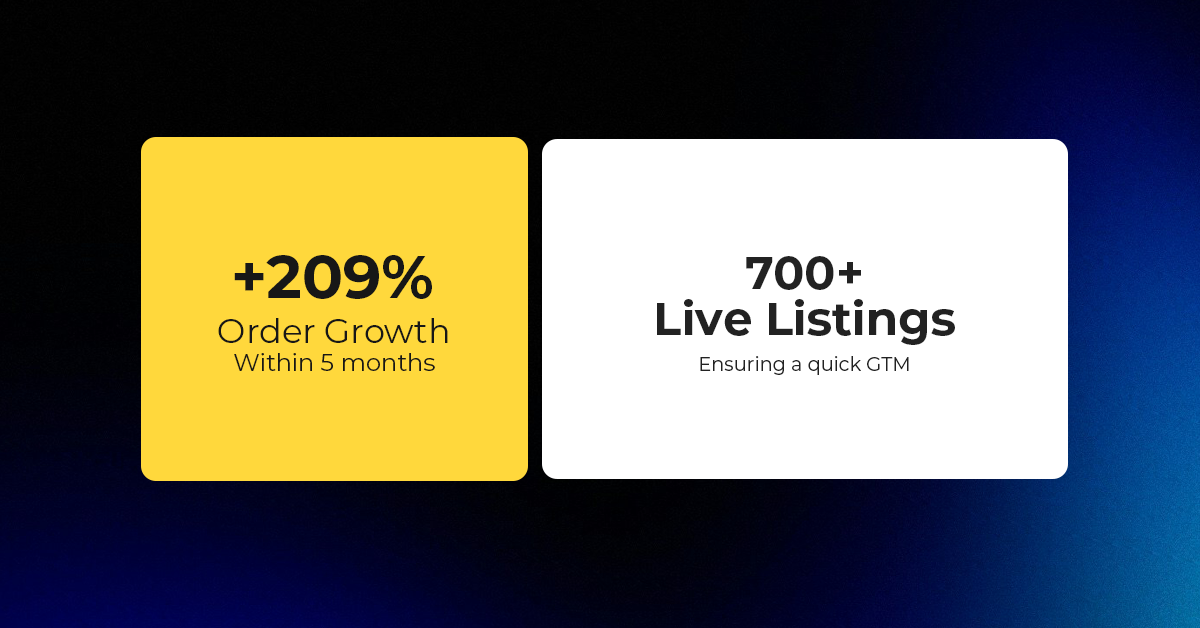
Reading Time: 4 minutesQuick Summary: Scaling Lifestyle Powersports on eBay with CedCommerce Challenge: Zero marketplace…

Reading Time: 4 minutesTikTok has surpassed 460 million users across Southeast Asia, reinforcing its position…
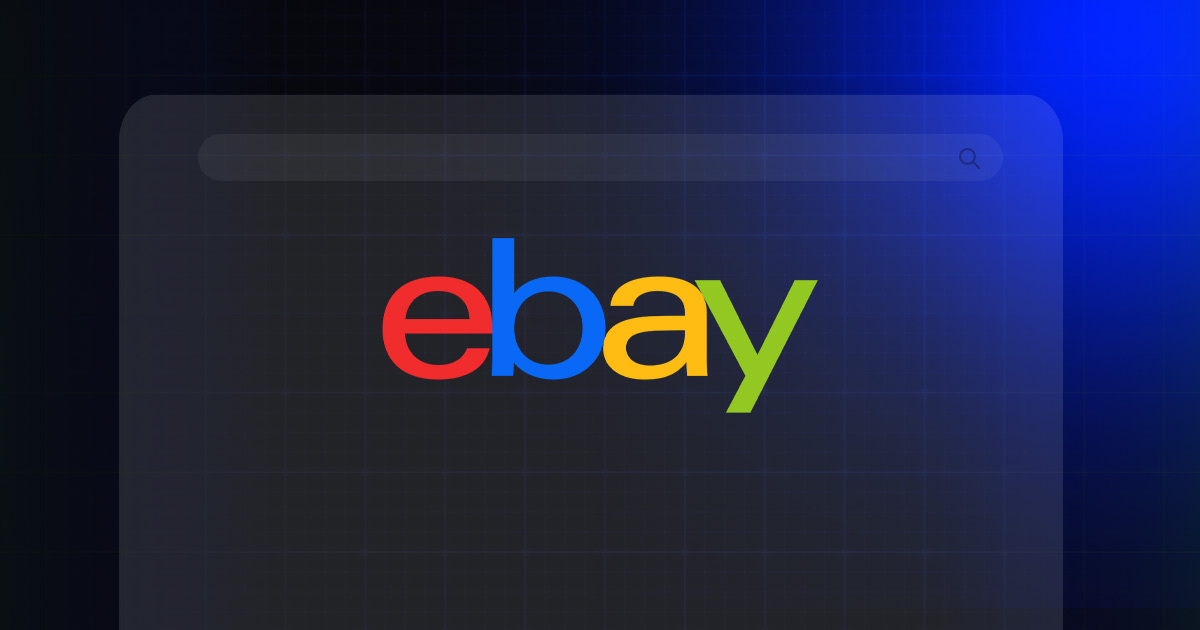
Reading Time: 3 minuteseBay has released its final seller news update for 2025, with a…

Reading Time: 3 minutesAmazon has clarified its stance regarding speculation around a potential breakup between…
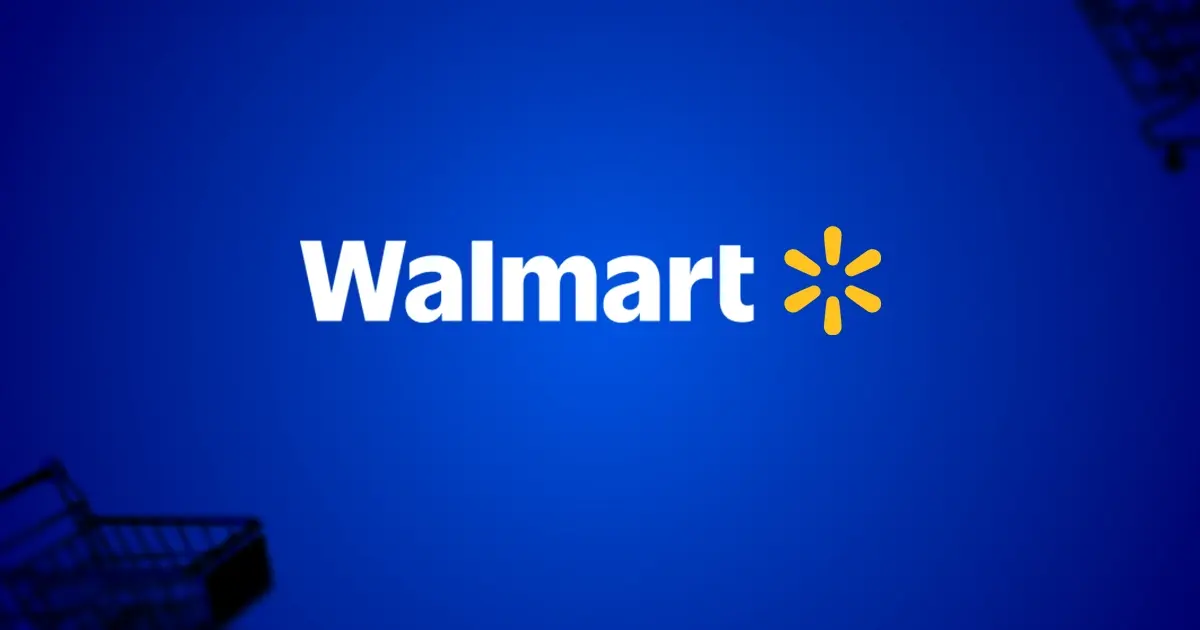
Reading Time: 4 minutesWalmart is accelerating its push into next-generation fulfillment by expanding its drone…

Reading Time: 4 minutesFaire, the fast-growing wholesale marketplace connecting independent retailers with emerging brands, has…

Reading Time: 4 minutesB2B buying in the United States is undergoing a fundamental behavioral shift…
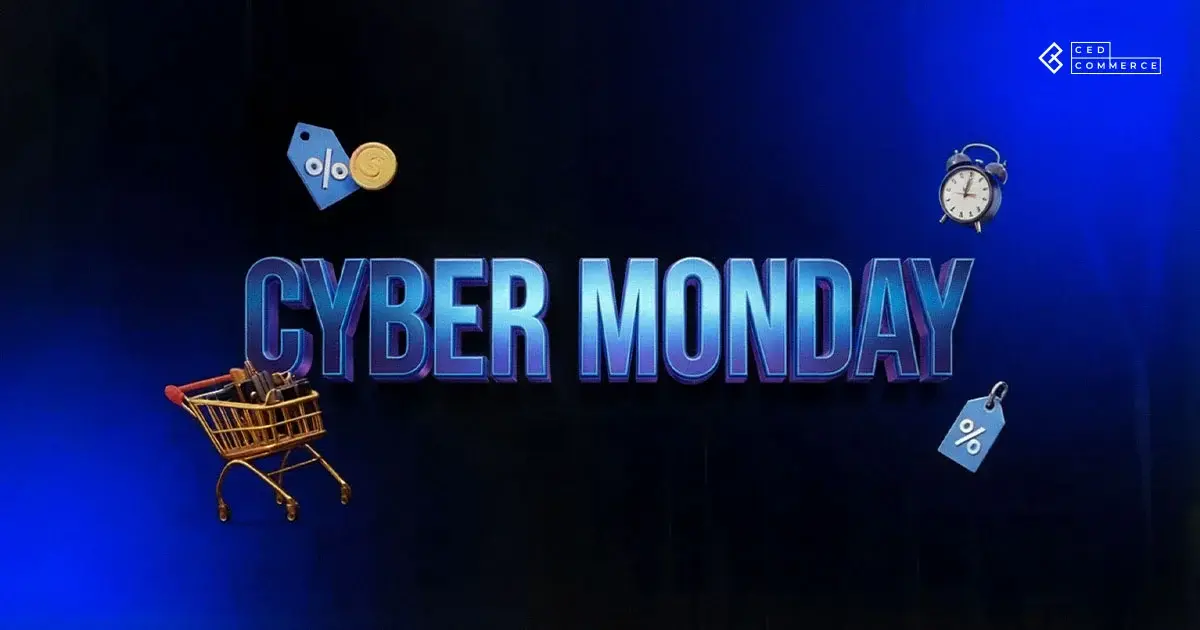
Reading Time: 3 minutesSummary Cyber Monday 2025 has officially become the largest online shopping day…

Reading Time: 2 minutesSummary Amazon kicked off December with two major developments shaping the future…

Reading Time: 2 minutesSummary Walmart has entered December with two major moves that signal a…